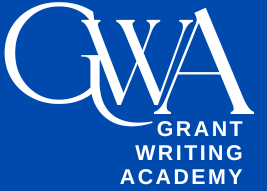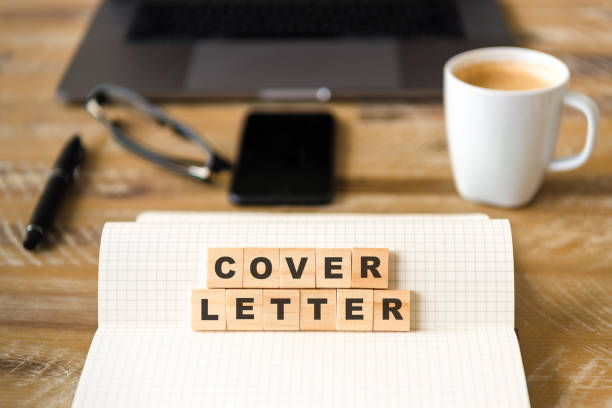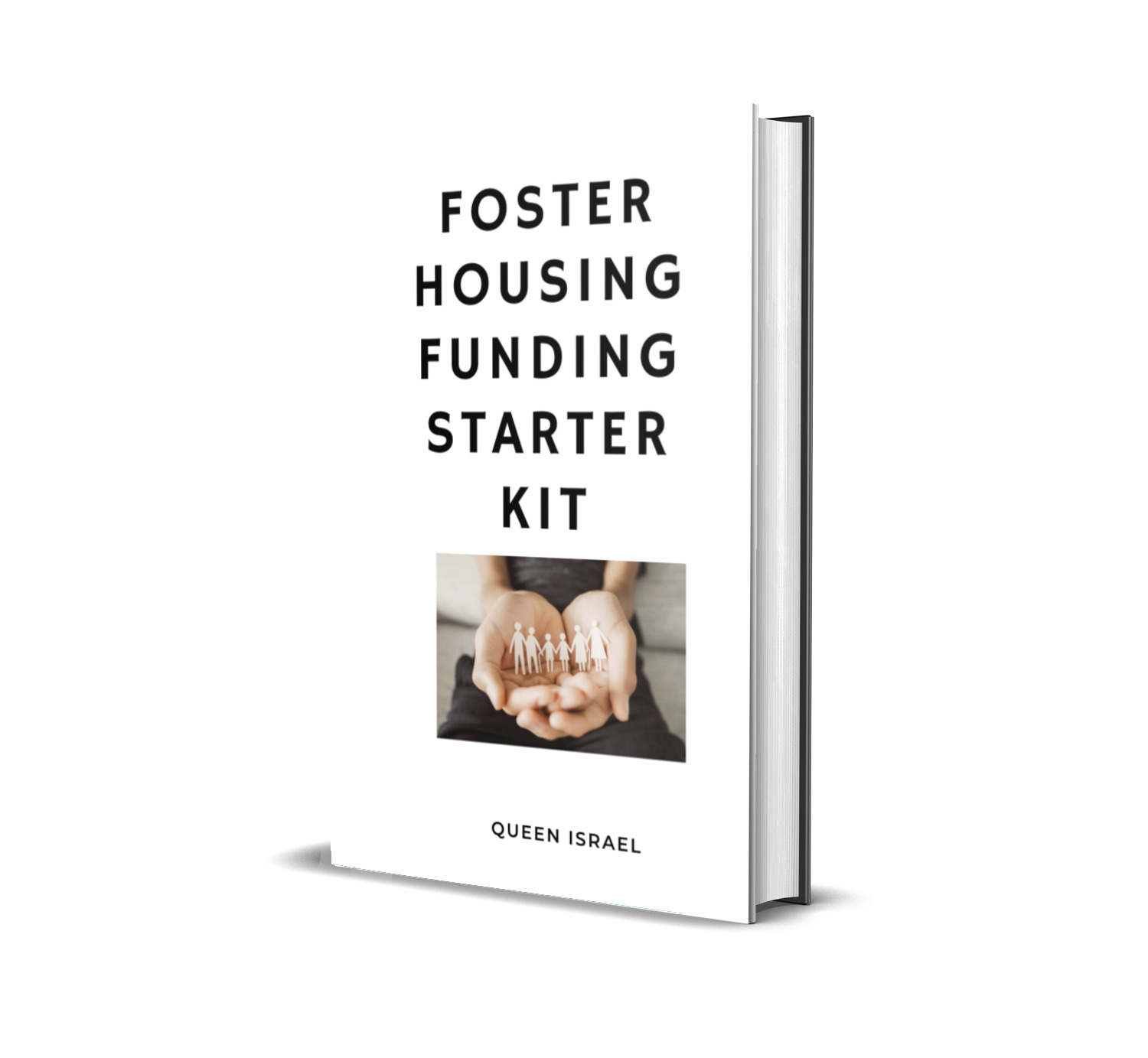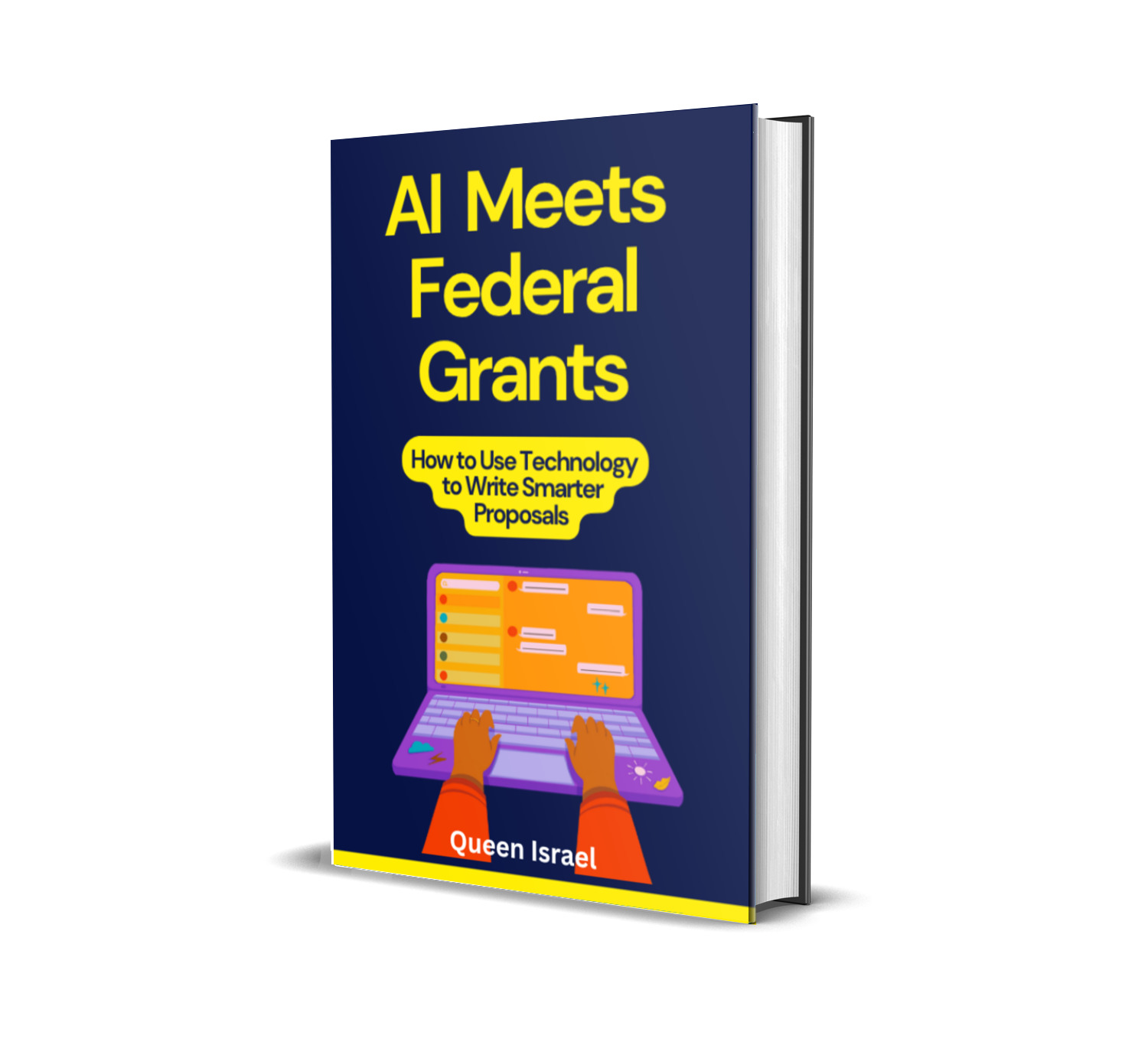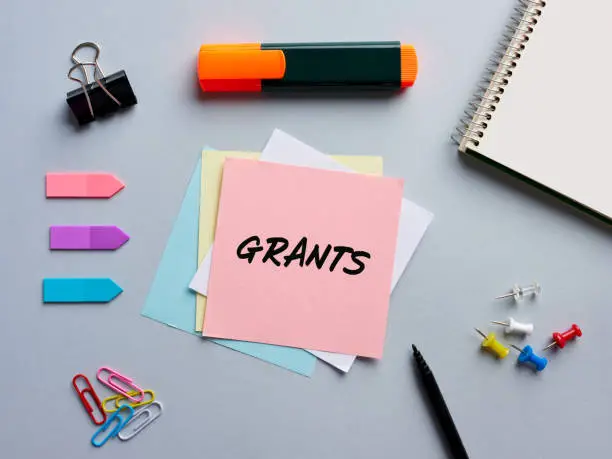When applying for grants, one of the most important elements you’ll need is a grant proposal cover letter template. A grant proposal cover letter is your first opportunity to make a lasting impression on funders.
It’s the opening piece of communication that introduces your nonprofit or project and sets the stage for the rest of your proposal. A well-crafted cover letter can capture the funder’s attention and increase your chances of securing funding.
This guide will walk you through the essential elements of a grant proposal cover letter template, provide tips on how to write one that stands out, and highlight strategies for improving your success rate.
Whether you’re new to grant writing or looking to refine your approach, this comprehensive guide is designed to help you create a compelling cover letter that aligns with funders’ expectations and maximizes your chances of success.
What is a Grant Proposal Cover Letter?
A grant proposal cover letter serves as an introduction to your full grant application. It is typically a one-page letter that provides a brief overview of your project or program, explains the reason for applying for the grant, and outlines how the funding will help your organization achieve its mission.
While it’s not as in-depth as the rest of your grant proposal, this letter is crucial in setting the tone for your entire submission. Think of it as your elevator pitch—a concise and persuasive summary that entices the funder to delve deeper into your proposal.
Key Elements of a Grant Proposal Cover Letter
To ensure your cover letter has the desired impact, you should structure it with the following key elements:
- Introduction
- Statement of Need
- Goals and Objectives
- How the Funding Will Be Used
- Why Your Organization is the Right Fit
- Conclusion and Call to Action
Let’s delve into each of these components to understand how to craft a compelling cover letter.
1. Introduction
Begin your letter with a professional greeting. Address the recipient by their name if possible. If you’re unsure of the name, using a general greeting like “Dear [Grant Provider’s Organization] Team” can work as well. Personalization shows that you’ve taken the time to research and understand who you’re addressing.
In the opening paragraph, briefly introduce your nonprofit or organization and mention the specific program or project you are seeking funding for. Keep it concise but informative. Mention the name of your organization and project, and reference the grant opportunity you are applying for.
Example:
Dear Ms. Johnson,
I am writing to submit a proposal for the [Grant Name] to support our new initiative, Healthy Start, aimed at addressing food insecurity among children in low-income communities. At Community Health Alliance, we have been dedicated to improving the health and well-being of underserved populations for over a decade.
2. Statement of Need
The second paragraph should clearly outline the problem or need that your project addresses. Be specific about the challenges or issues your organization is working to solve. Use compelling data and statistics to back up your claims. This helps demonstrate that there is a significant need for the project and that your organization is the right one to tackle it.
Example:
According to a recent study by the National Institute of Health, over 15% of children in the U.S. suffer from chronic food insecurity, which adversely affects their academic performance and overall health. Our program, Healthy Start, aims to provide fresh, nutritious meals to over 500 children in urban schools, mitigating the negative impacts of food insecurity and promoting better educational and health outcomes.
Data Sources:
3. Goals and Objectives
Next, describe the objectives of your project and the expected outcomes. This section should focus on how the grant funding will help you meet the goals of your project. Be specific about the impact you aim to achieve. Funders want to know that your project is feasible, measurable, and aligns with their mission.
Ensure that your objectives are SMART – Specific, Measurable, Achievable, Relevant, and Time-bound.
Example:
The primary goal of Healthy Start is to reduce food insecurity among children in our target schools by providing daily nutritious meals. Our objectives include:
- Specific: Distribute 500 nutritious meals daily to children in five urban schools.
- Measurable: Track the reduction in food insecurity rates and improvements in students’ academic performance over a two-year period.
- Achievable: Partner with local farms and community organizations to source fresh ingredients and ensure program sustainability.
- Relevant: Align with [Foundation’s Name]’s mission to combat hunger and promote education.
- Time-bound: Achieve measurable results within 24 months of program implementation.
Resources for Setting SMART Goals:
4. How the Funding Will Be Used
In the next paragraph, briefly explain how you plan to use the grant funds. Break down the main areas where the money will be allocated. For example, if the funds will be used for staffing, equipment, or program expenses, outline those clearly.
Example:
The requested funds of $50,000 will be allocated as follows:
- Staffing: Hiring two full-time nutritionists and a program coordinator to manage daily operations.
- Supplies: Purchasing kitchen equipment and sourcing fresh, organic ingredients from local farms.
- Program Expenses: Covering transportation costs for meal distribution and educational materials to teach children about healthy eating habits.
Budget Breakdown Example:
- Staffing: $25,000
- Supplies: $15,000
- Program Expenses: $10,000
Useful Budget Templates:
5. Why Your Organization is the Right Fit
Funders receive numerous applications, so it’s important to explain why your organization is uniquely positioned to succeed with this project. Highlight past successes, your team’s expertise, and any partnerships that enhance the strength of your program. Use this section to make a compelling case for why you’re the best choice for funding.
Example:
Community Health Alliance has a proven track record of implementing successful community-based programs. Over the past five years, we have partnered with local schools to provide health education and nutritional support, resulting in a 20% increase in students’ academic performance and a 30% decrease in health-related absenteeism. Our team consists of experienced professionals in public health, education, and community outreach, and we have established strong partnerships with local farms and health organizations to ensure the sustainability and effectiveness of our programs.
Highlighting Achievements:
- Increased Academic Performance: 20% improvement in student grades.
- Reduced Absenteeism: 30% decrease in health-related absences.
- Partnerships: Collaborations with five local farms and three health organizations.
Case Studies and Testimonials:
- Include brief case studies or testimonials from past projects to showcase your organization’s impact. For example, “Last year, our Healthy Minds program helped over 300 students improve their mental health and academic performance through targeted interventions.”
6. Conclusion and Call to Action
Wrap up your cover letter with a polite closing paragraph. Reiterate your enthusiasm for the opportunity and express your hope that the funder will consider your proposal. Offer to provide further details or discuss the proposal in more depth if needed.
Example:
We appreciate your time and consideration in reviewing our proposal. We are excited about the potential to collaborate with [Foundation’s Name] to make a meaningful impact on the lives of children in our community.
Please do not hesitate to contact me at [Your Phone Number] or [Your Email Address] should you require any further information or wish to discuss our proposal in more detail.
Tips for Writing a Strong Grant Proposal Cover Letter
Creating a compelling grant proposal cover letter involves more than just filling in the sections. Here are some proven tips to enhance the effectiveness of your letter:
1. Be Concise
A grant cover letter should typically be one page long. Avoid overwhelming the reader with too much information. Stick to the essential points that will help you stand out. Each paragraph should be clear and focused, delivering maximum impact with minimal words.
2. Personalize Your Letter
If possible, address your letter to a specific person. Use their name to show that you’ve done your research. Personalization demonstrates respect and shows that you’re not sending a generic application. If you can’t find the name, ensure that you’re addressing the letter to the right department or team.
Example:
Instead of “Dear Grant Committee,” use “Dear Ms. Johnson,” if you know the recipient’s name.
3. Highlight Key Data
Including compelling statistics and facts strengthens your case. Make sure the data you present supports your project’s goals and highlights the urgency of the need. Use credible sources and ensure that your data is up-to-date.
Example:
“According to the U.S. Department of Agriculture, nearly 1 in 7 children in the United States experiences food insecurity.”
4. Align with the Funders’ Mission
Research the foundation or grant provider before submitting your proposal. Make sure your goals align with the funder’s mission and values. Funders are more likely to support projects that resonate with their priorities.
Example:
If the funder prioritizes education and health, emphasize how your project enhances both areas.
Research Resources:
5. Proofread
Spelling and grammatical errors can diminish the credibility of your proposal. Carefully proofread your cover letter before submitting it. You may even want someone else to review it for feedback. Consider using tools like Grammarly or Hemingway Editor to catch errors and improve readability.
6. Include Relevant Attachments
While the cover letter is important, ensure that all necessary supporting documents are included with the full grant proposal (e.g., budget, project timeline, organization’s IRS status). Mention any attachments in your cover letter to guide the reader.
Example:
“Enclosed are our project budget, organizational financial statements, and letters of support from community partners.”
7. Use a Professional Tone
Maintain a professional yet friendly tone throughout your letter. Avoid jargon or overly technical language that might confuse the reader. Aim for clarity and simplicity to ensure your message is easily understood.
8. Showcase Your Passion
Funders want to support organizations that are passionate and committed to their mission. Let your enthusiasm for the project shine through in your writing. A passionate tone can be persuasive and make your proposal more memorable.
Example:
“We are deeply committed to combating food insecurity and believe that every child deserves access to nutritious meals and the opportunity to thrive academically.”
Sample Grant Proposal Cover Letter
Here’s a simple example of a well-crafted grant proposal cover letter:
Jane Doe
Program Director
Community Health Alliance
123 Wellness Way
Springfield, IL 62704
jane.doe@communityhealth.org
(555) 123-4567
April 27, 2025
Mr. John Smith
Grants Manager
Healthy Futures Foundation
456 Charity Lane
Chicago, IL 60601
Dear Mr. Smith,
I am writing to submit a proposal for funding through the Healthy Futures Foundation to support our new initiative, Healthy Start, aimed at addressing food insecurity among children in low-income communities. At Community Health Alliance, we have been dedicated to improving the health and well-being of underserved populations for over a decade.
According to a recent study by the National Institute of Health, over 15% of children in the U.S. suffer from chronic food insecurity, which adversely affects their academic performance and overall health. Our program, Healthy Start, aims to provide fresh, nutritious meals to over 500 children in urban schools, mitigating the negative impacts of food insecurity and promoting better educational and health outcomes.
The requested funds of $50,000 will be allocated as follows:
- Staffing: Hiring two full-time nutritionists and a program coordinator to manage daily operations.
- Supplies: Purchasing kitchen equipment and sourcing fresh, organic ingredients from local farms.
- Program Expenses: Covering transportation costs for meal distribution and educational materials to teach children about healthy eating habits.
Community Health Alliance has a proven track record of implementing successful community-based programs. Over the past five years, we have partnered with local schools to provide health education and nutritional support, resulting in a 20% increase in students’ academic performance and a 30% decrease in health-related absenteeism.
Our team consists of experienced professionals in public health, education, and community outreach, and we have established strong partnerships with local farms and health organizations to ensure the sustainability and effectiveness of our programs.
We appreciate your time and consideration in reviewing our proposal. We are excited about the potential to collaborate with the Healthy Futures Foundation to make a meaningful impact on the lives of children in our community. Please do not hesitate to contact me at (555) 123-4567 or jane.doe@communityhealth.org should you require any further information or wish to discuss our proposal in more detail.
Sincerely,
Jane Doe
Program Director
Community Health Alliance
Final Thoughts:
A grant proposal cover letter is not just a formality; it’s your opportunity to showcase your nonprofit’s strengths and the importance of your project.
By following the guidelines and structure provided in this article, you’ll create a letter that resonates with funders and increases your chances of success. Always remember to keep it concise, personalized, and focused on the needs of your project and the funder’s mission.
Enhancing Your Grant Writing Skills
Grant writing is a skill that can be honed with practice, guidance, and the right resources. Whether you’re new to grant writing or looking to refine your approach, having access to expert strategies, actionable tips, and ready-to-use templates can significantly enhance your success rates.
Ready to take your grant writing to the next level?
Subscribe to the Grant Writing Academy Newsletter to receive expert strategies, actionable tips, ready-to-use templates, and helpful resources to help you write successful grant proposals.
Whether you’re a beginner or an experienced grant writer, our newsletter has something for everyone.
Don’t miss out – subscribe today and start increasing your funding success!
Subscribe Now: Grant Writing Academy Newsletter
